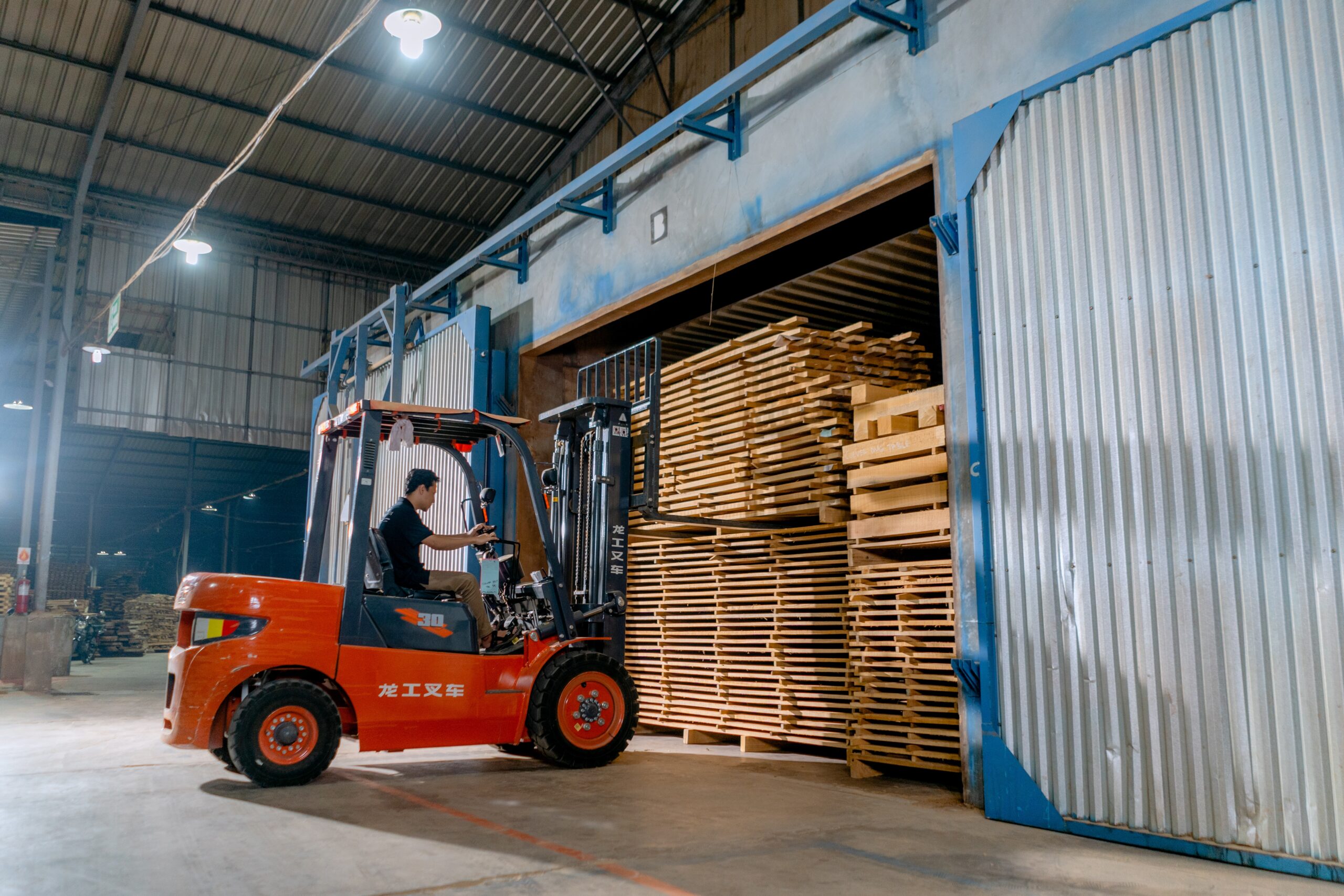
Finding the right tires for your forklift isn’t as straightforward as it seems. You’ll have dozens of tire options to choose from.
Fleet managers, operators, and drivers: if you’re anything like us, you’re all about keeping expenses low. Use a different forklift tire than was recommended in your forklift operator’s manual, and you could end up blowing your budget on preventive maintenance (or unanticipated repairs).
But find the right tire, and you’ll save yourself money, time, and hassle on your next fleet repair (For a deeper dive into effective fleet management, check out our complimentary Fleet Manager series).
In short, the tire you choose can affect your bottom line.
Fleet teams: we understand. Finding the right forklift tires for your material handling needs can be somewhat confusing.
Not to worry, because we have you covered. If you’re wondering what the difference is between pneumatic and cushion tires, look no further.
Hop in, and hold on. We’ll discuss the difference between a pneumatic and cushion tire, where and when they’re used, and which is best for your fleet’s operations.
Pneumatics tend to have solid grooves and strong grip. These tires are useful on uneven surfaces and rough terrain.
These tires can work on a variety of surfaces including concrete or asphalt. Pneumatics tend to have a larger frame than cushion tires.
Most forklift operators use pneumatic tires in lumber yards or for indoor and outdoor applications. Two types of pneumatic tires exist: solid pneumatics and air pneumatics.
Solid pneumatic tires are made of solid rubber and protect against punctures. Air pneumatics come the way they sound: air-filled.
Since most forklifts are designed to accommodate either a pneumatic or cushion tire, we recommend doing your research. As you decide which pneumatic forklift tire is best for you, keep the following advice in mind for better forklift fleet management.
“Always make sure to keep your forklift arsenal organized by entering its identifying information
(e.g. make, model, serial #, engine #, and more) in your systems.” – Stacy Conner, Founder and Owner of Equipment Experts, Inc.
If you use your forklift indoors, cushion forklift tires may be best for your forklift fleet. Cushion forklift tires are made of smooth, solid rubber.
These tires fit around a metal band, so they can’t be swapped with pneumatic forklift tires. While cushion tires may not have the same level of traction as pneumatic tires, they work great in smaller spaces (like loading docks) and on smooth surfaces.
Before choosing your next forklift tires, keep in mind the following four factors. Doing so will help you keep your forklift in tip-top shape. Be mindful of:
Every fleet has different needs. When choosing the right type of tire for your forklift, consider your fleet management and repair plan.
If you’re looking for a place to start, check out our step-by-step guide to managing a healthier and more productive fleet. Our guide is jam-packed with helpful information about taking care of a forklift and fleet.
Choosing the right forklift tires can be somewhat confusing. Most forklifts operate well with certain tires.
You’ll want to do your research before choosing the right tire type.
To save time, money, and energy, many fleet teams rely on their fleet, car, or truck tire repair shop for expert forklift support. At Equipment Experts, Inc., we’re all about providing helpful, friendly, and knowledgeable service.
If you’re trying to determine whether pneumatic tires or cushion tires are right for your vehicle, look no further. Our expert technicians have more than 20 years of experience repairing fleet forklifts, diesel trucks, liftgates, and other heavy fleet equipment.
When you give us a call, we’ll treat you like family. Don’t hesitate to contact us today for help choosing the right tires or repairs for your forklift.
We’d be happy to help. Until then, best of luck on selecting the right tire for your forklift.
The difference between a cushion tire and a pneumatic tire lies in the material, space, and function of each tire. Cushion tires tend to have smoother tread.
Pneumatic tires are made of solid rubber and other synthetic materials.
Pneumatic tires work well on indoor or outdoor warehouses and uneven surfaces. People often use cushion tires indoors, in small areas, and on smooth surfaces.
Pneumatic tires also come in two different types: solid pneumatic tires and air pneumatics.
While it may be tempting to swap out one type of tire for another, we generally recommend against doing so. Forklift tires can help lift certain capacities.
Also, fleet truck liftgates operate best in tandem with certain forklift tires. Using the wrong type of tire can be a safety hazard.
Depending on your fleet vehicle, forklift, and fleet team’s needs, you may be able to switch out the materials of a type of tire. For example, you may have the option to switch between a solid pneumatic cushion tire and a press-on solid tire.
Forklift tires are easier to maintain if you bring them in for regular in-shop or on-site repairs. Forklift operators: we also recommend checking in with your fleet manager about regular DOT inspections to ensure the safety and handling of your forklift.